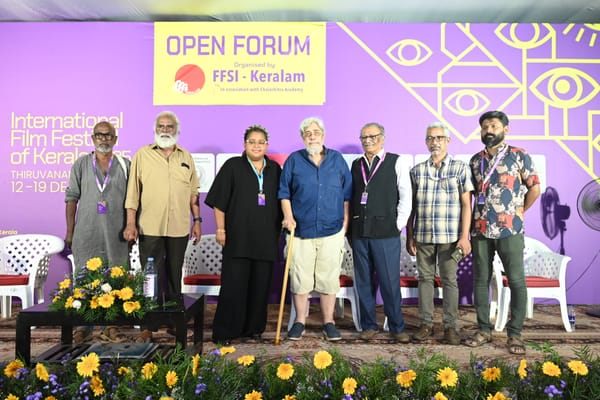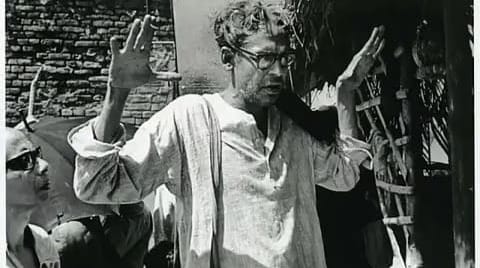‘Chalein Saath Saath’ – Together we move forward
Both India’s Modi and USA’s Obama are treating each other as a very significant partner in going up to the next level in economic as well as bilateral collaboration. If the warmth seen between the two leader’s in their effusive greetings are any indication, the two economies are well on the path to

He and his wife, the first lady were the Guests of Honour at the annual Republic Day Parade of India - A three hour extravaganza exhibiting amongst other things, India’s military might.
However, President Barack Obama had a personal stake in making sure he was not just another tourist being treated to India’s famed hospitality. Especially since this was his second visit in five years to the world’s largest democracy. Unflattering comparisons were being made to the earlier President George Bush’s visit versus Obama’s visit with Prime Minister Manmohan Singh. Moreover the highly publicized first meeting between Obama and Modi had also not yielded results on the scale anticipated back in the USA.
It was no wonder then, that within hours of Obama’s arrival, the two leaders talked on a Bilateral Investment Treaty. Obama also wanted India to sign the nuclear deal on his terms and commit to a long term buying of US arms, ammunition and military aircrafts.
Prime Minister Modi also had some agendas up his NaMo-engraved-sleeve. He wanted US support to stand up to and race with China on both economic and other fronts. He is aware that USA has bilateral ties with several countries on the table, some in the works and that; it is much ahead in bilateral negotiations with China.
Thus it came as no surprise that after several years of delay, Obama and Modi announced a deal on civilian nuclear projects; whereby US will drop its insistence on tracking that the nuclear fuel bought by India, is used only for non-military purposes
In return India will set up an insurance pool – starting at US$122 million - to shield nuclear power plants such as GE and Westinghouse Electric from accident liability claims which they earlier had to provide coverage for themselves.
Another area in which the Obama administration desired commitment, but in which Modi faces political as well as funding hurdles is the Clean Energy goals as discussed during the summit. India is the world’s third biggest polluter behind China and US – China having surpassed the US as the world’s biggest polluter. Green- house gas emissions are a major source of contention. A deal has been struck that opens the door for companies from the US to assist India in developing nuclear non-carbon based energy production, which is seen as a step in the right direction.
Both India’s Modi and USA’s Obama are treating each other as a very significant partner in going up to the next level in economic as well as bilateral collaboration. If the warmth seen between the two leader’s in their effusive greetings are any indication, the two economies are well on the path to moving forward ‘saath-saath’




